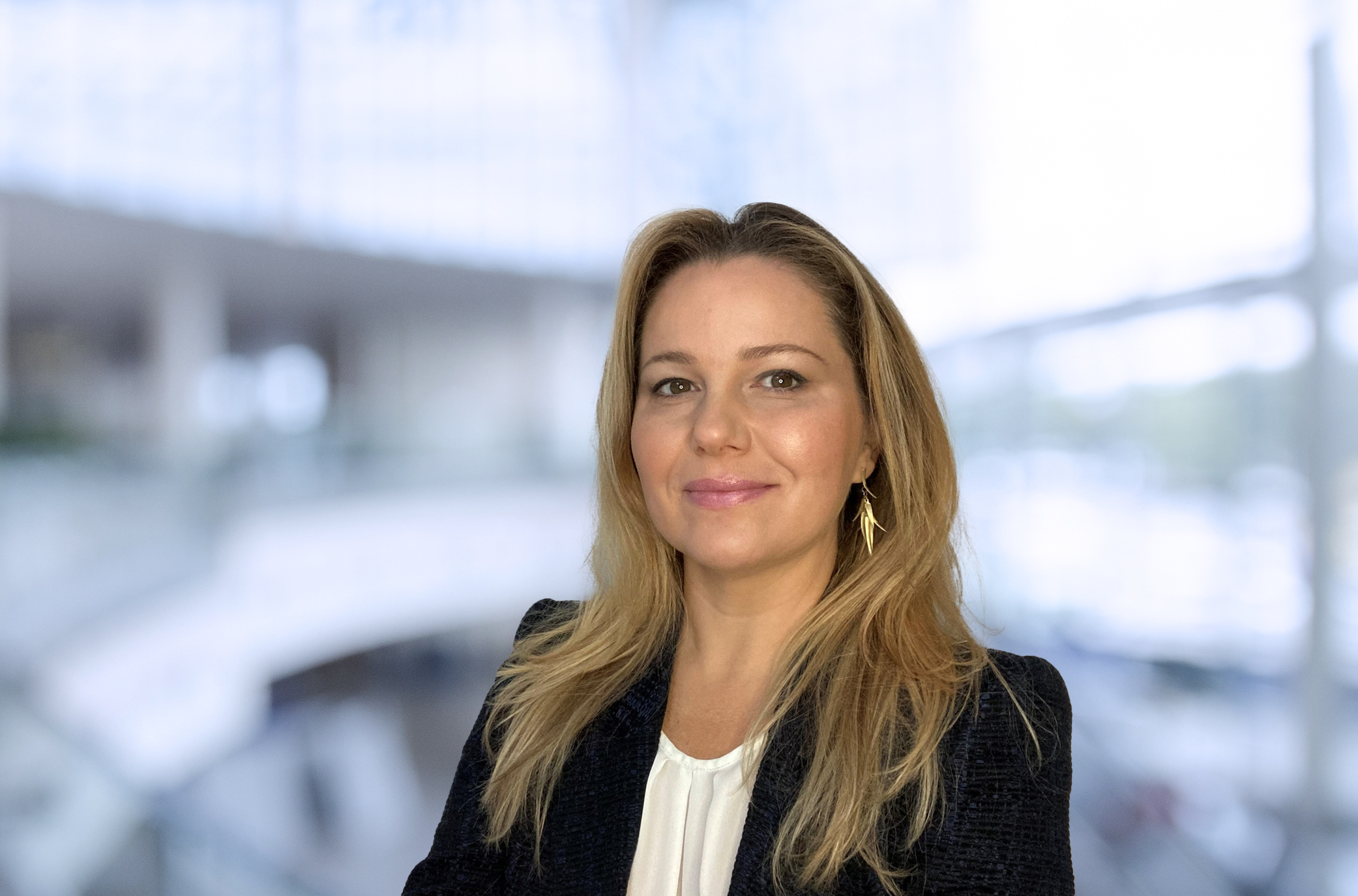
Operational efficiency is key for those involved in fund operations. But the troublesome relationship between how one balances technology spend versus headcount is evolving - particularly in the post-pandemic world.
Michelle Sartorio, Global Director of Marketing & PR, Savills Investment Management, says this challenge is one they have to plan carefully for.
In Clear Path Analysis’s recently released Fund Technology, Data & Operations, Europe 2022 report, industry leaders from companies including Nikko Asset Management, SimCorp, and Storebrand Asset Management looked at what companies need to keep in mind when trying to innovate and extrapolate information from their data.
“Our team is [comprised of] 350 people, based across 17 countries and we have lots of mandates, but we also have open funds as we have ambitions to double in the next four years,” says Sartorio. “We are focusing on how to build efficiency, create a centre of excellence utilising data, and how best to scale proportionally.”
“We have a very small team, the IT is centralised, and we have some local presence in countries, but we try to centralise in a hub rather than centralise everywhere,
This has long been a sticking point for large, spread-out companies. In a 2017 report, Pwc said that for a company to be “successful, there needs to be a shift in organisational behaviour around data management” for cultural change to come about in how these organisations access, process, and react to the information that is being fed both to, and within, it.
Sartorio says that there are many steps that a company can take around this topic. One key step she recommends is also recognising that the markets they work in often need them to be a dispersed workplace. “We have a very small team, the IT is centralised, and we have some local presence in countries, but we try to centralise in a hub rather than centralise everywhere,” she says. “As we grow, there is a movement from being a small player in the industry to playing with the big ones, and it’s about learning how you become an efficient player.”
Covid-19 changes
On top of this, post-Covid-19 the behaviour and preferences of European institutional investors have changed in recent times, Sartorio says, especially with changes in market dynamics.
“The pandemic certainly drove and accelerated the focus on ESG,” she says. “The reporting, data, and integrity of data related to ESG has been developed in terms of what institutional clients need for their due diligence and the regulatory reporting.”
"There are a lot of consultants that offer artificial intelligence tools to enable better measurements"
The ESG fund sector is growing at an astonishing rate, which has been greatly fuelled in part by the pandemic. According to one report, analytics firm Morningstar reported that in the US alone, almost $10 billion of inflows to sustainable open-end mutual funds and exchange-traded funds in Q1 of 2020, which was over half the total for the whole of 2019, and that this trend was still increasing.
Sartorio adds that there is still a lot of work to be done but in today’s market and there are a lot of consultants that offer artificial intelligence tools to enable better measurements so that companies can compare the performance of the funds or investments that they have within a portfolio.
“A lot of companies come to us, saying they want to be a partner, which means that they will give value in markets that you are not in"
“What I am seeing, is a big focus on partnerships in terms of you playing with an asset manager in having more say and asset managers being able to provide more value add to investments, meaning that information that you as an institutional investor would require from a consultant, there is more demand from asset managers to provide this value add on investments,” she says.
“A lot of companies come to us, saying they want to be a partner, which means that they will give value in markets that you are not in, such as Central Asia, and we can use their entry in Asia so that we can come and multiply our assets under management.” In return, she adds, they give them access to Europe as a market.
To learn more about this issue and others facing fund operators, read our report Fund Technology, Data & Operations, Europe 2022 here.
Please Sign In or Register to leave a Comment.
SUBSCRIBE
Get the recent popular stories straight into your inbox







